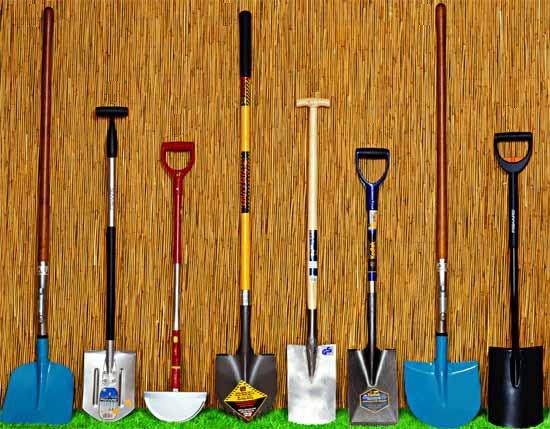Instruction
1
If your garden site does not allow you to store a large number of tools, prefer a bayonet shovel. It is a versatile instrument designed to perform virtually all of the work on the garden and the garden. Shovel will come in handy for planting, transplanting, and digging up plants, digging ditches, trimming and much more.
2
The blade shape instrument pick in accordance with the soil quality in your area. For digging loose soil is best suited bayonet shovel with a rectangular blade, and for the development of virgin land – with a rounded.
3
Particularly important is the material from which made the blade. The most popular and cheap shovels are made of steel. To check their quality very easily. To do this, simply tap on the blade. If you hear a ringing sound, then you are in the hands of a strong and reliable tool.
4
To work in the neglected and overgrown with grass areas it is better to use the shovel of a lightweight composite material with a stainless steel blade, one side of which resembles a saw. A handy tool for digging plots with heavy clay soil. Stainless steel is reliable in use and is not afraid of the dampness.
5
Very popular with modern gardeners is "shovel-American." Her curved blade with Teflon coating allows you to work without bending. And the handle, made of eucalyptus, prevents slipping of hands. This is a good shovel and the fact that the blade is covered with Teflon, not stick damp earth.
6
Main advantages of shovel made of titanium – lightweight and durable. This tool does not corrode, does not rust and its durability is superior to equipment made of stainless steel. To distinguish real titanium shovel from a fake very easily. To do this, swipe on the edge of the tool with some metal object. If the shovel left scratches and nicks – before you fake.
7
When choosing spades pay special attention to the fastening of her blade to the handle. The best option is bolts or metal ring-sling. If the mount is missing entirely – shovel will serve you for long.
8
Your chosen shovel should match your height, i.e. to be 10 cm below the shoulder, your fingers should be free to grasp the handle of the tool.
